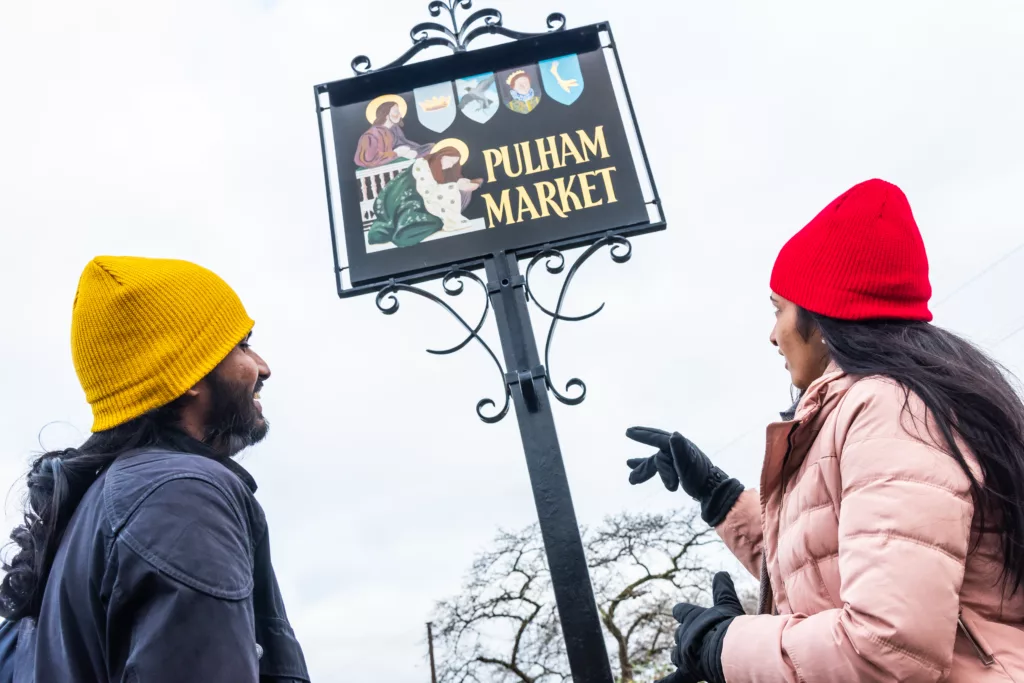One of the prettiest villages in South Norfolk, Pulham Market has a picturesque green surrounded by idyllic thatched cottages, a medieval church and a centuries-old alehouse, The Crown; the quintessential Norfolk village.
Through the centuries, Pulham Market’s history has been entwined with its neighbour, Pulham St Mary. The village is built on high land north of a stream known as The Beck and the name ‘Pulham’, originally spelled ‘Polleham’ is thought to mean the ‘place of pools’. It’s likely there was a Roman settlement here, as ancient fragments have been found close by; pieces of tile, coins and oyster shells. Written records date back to the 10th century, when the land belonged to Ethelwold, the Bishop of Winchester. He later gave it to the abbey of St Etheldreda at Ely. The monks established the market, which was regularised by the Plea Rolls in 1249. The village prospered, growing wealthy enough to build its own church in the 14th century. It’s believed The Crown was built to house the workers contructing the church.
In Tudor times Pulham Market has its own Guildhall (now gone) and was famous for its cottage industries, manufacturing hats, dornicks (linen cloth) and coverlets. Eventually a larger market at Harleston absorbed local trade, and the cottage industry era drew to a close. However, agricultural links remain strong and The Crown’s seasonal menu includes produce from local farms. It’s a lovely stopping point if you’re walking the long-distance Boudica’s Way footpath which runs through the village.

